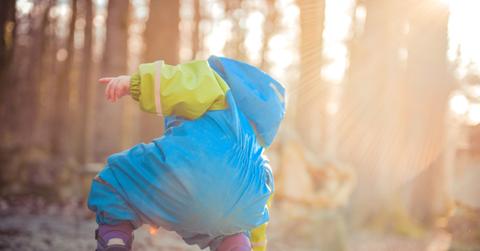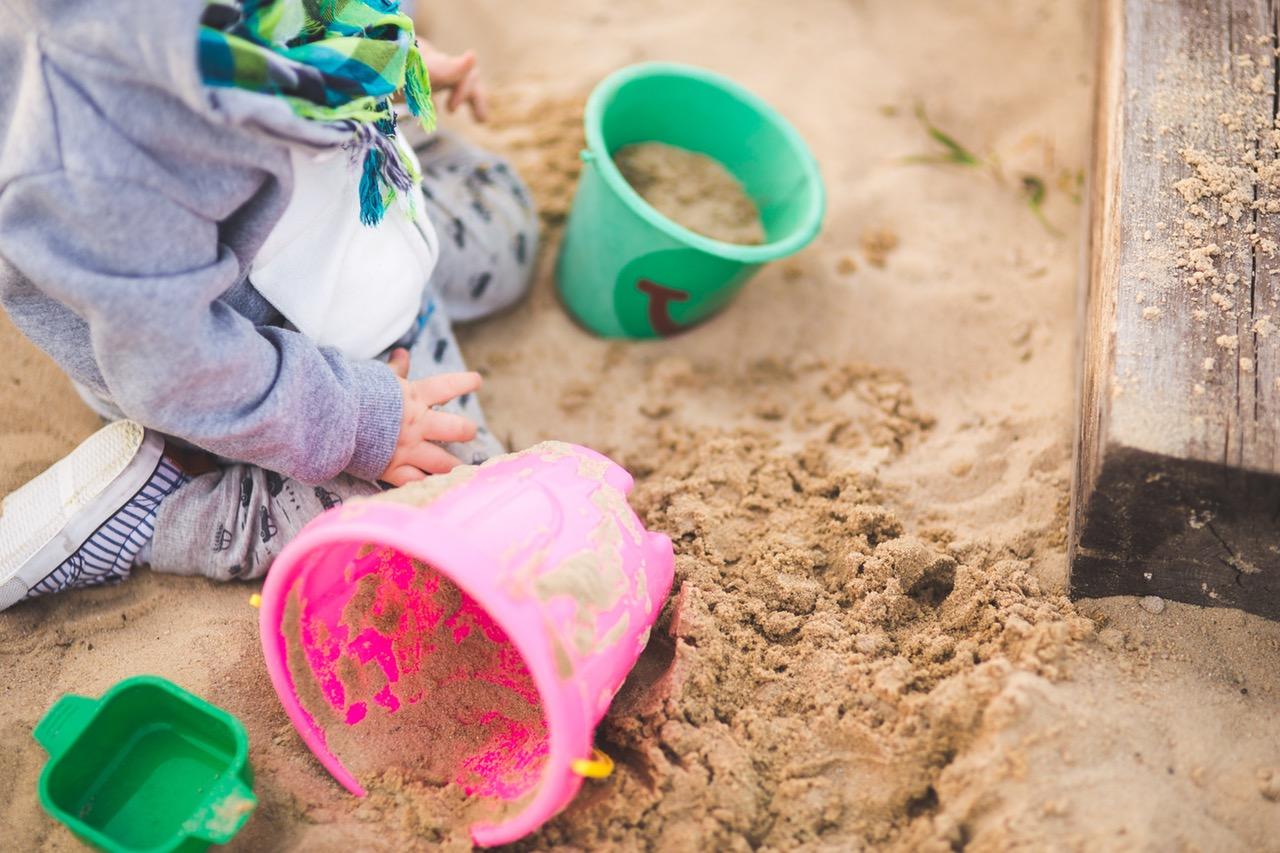6 Unique Ways To Transform Your Yard Into An Outdoor Haven For Any Kid
Even in the middle of the suburbs, it’s possible to bring a little nature to your back yard and ditch the plastic toys. With a little imagination and a little elbow grease, your kids can play in a gorgeous, nature-inspired space every day.
Updated May 21 2019, 4:45 p.m. ET
With the uptick in popularity of video games and the Internet over the last 25 years, kids have been spending less time outside and more time in front of screens, and many feel it’s time to reverse this trend. Unstructured outdoor play increases brain development, improves cognitive function, and helps build fine and gross motor skills, as well as critical thinking and problem solving behaviors.
Now that families are leading greener, more sustainable lifestyles, people are seeking alternatives to the plastic outdoor toys that are so common. They want their kids to have that super important outdoor time while being mindful of their impact.
The solution lies in creating a nature inspired outdoor play space. From mud kitchens to sandboxes, these are the easy to design, kid-friendly play spaces that will excite and engage any child, no screens required.
Make a mud kitchen
Make it as fancy or as simple as you like, but a mud kitchen is a must. Something as easy as a board and a few cinder blocks can provide your child with the fuel for hours of imaginative play. The key is to provide real tools, not plastic toy replicas. Hit up the thrift store for pots, pans, utensils, strainers, and anything else you can find to make your mud kitchen feel like the real thing. Next, add mud. Scrape away the grass, or set it up in a grass-less spot, just make sure there’s access to water, and you’re good to go. Boys love play kitchens just as much as girls, so don’t skip it if you have sons!
Make a space for them to play in water
The simplest way to provide this excellent sensory activity is to turn on the water hose, but for a more eco-friendly way, a few trays and buckets filled with water is a great solution. Add in cups, spoons, scoops, or even a turkey baster to extend this activity. Water play is a wonderful way for kids to learn about volume, displacement, measuring, or just to cool off on hot days. When they’re done, the water can be used to water plants.
Create a small garden
Setting aside a small, sunny corner of your yard for a child’s garden is such a great way to teach kids about the life cycle of plants and help them learn to grow their own food. Real work with real results builds confidence in children of all ages. Plus, they get to get dirty, which is always a bonus.
Provide loose parts made from natural materials
Providing a variety of loose parts is a great way for children to experiment with all sorts of imaginative play and develop a ton of useful, real-life skills. Natural materials like logs, tree slices, and rocks interspersed with found objects like tires, buckets, pipes, and ropes encourage kids to build and problem solve. You’ll be amazed at what your kids come up with using open-ended loose parts.
Build a construction zone
Head to the thrift store again and search for an old hammer, a couple screwdrivers, and whatever other hand tools you can find. A few boards, some screws and nails, and real tools are a great way for kids to build confidence and work on fine motor skills, hand-eye coordination, and learn cause and effect. Real tools, as with the mud kitchen, are key. And most importantly, trust your kids! Allowing children to take risks and try new things will instill confidence and help them learn problem solving. Also, tools aren’t just for boys. Girls love building, too, so don’t skip this one just because you have daughters.
Add sand
A staple in many back yards, the sandbox doesn’t have to be a box. Providing a mound or hill of sand is a great way to get those muscles working. Kids will roll, jump, and climb to the top of the mound, as well as dig, build, and pour at the bottom. Tons of possibilities from one pile of dirt!
Back yards don’t have to be filled with brightly colored plastic toys to be a fun place to play. In fact, by incorporating a few easy to source, open-ended objects, your kids may have more fun and gain more experience than if they had every plastic outdoor toy money can buy.

